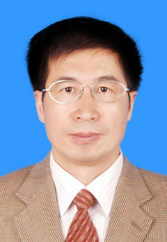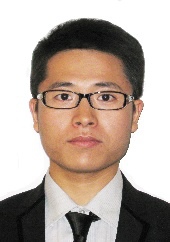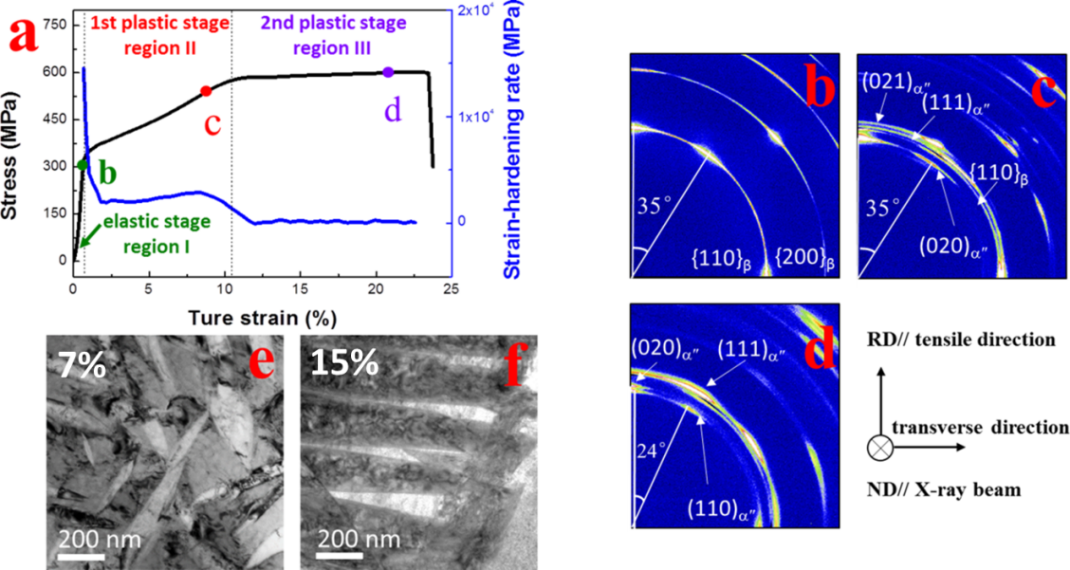High-throughput Fabrication and Characterization on Engineering Materials
High-throughput Fabrication and Characterization on Engineering Materials





Yandong Wang Professor at the University of Science and Technology Beijing, Distinguished Young Scholar of China, Changjiang Distinguished Professor
Daoyong Cong Professor at the University of Science and Technology Beijing, Excellent Young Scholar of China
Huadong Fu Associate Professor at the University of Science and Technology Beijing
【Chief members】
Yandong Wang Professor at the University of Science and Technology Beijing
Daoyong Cong Professor at the University of Science and Technology Beijing
Huadong Fu Associate Professor at the University of Science and Technology Beijing
【Research Background】
The exploration, discovery, and validation of new material design principles, new material strengthening mechanisms, and new internal functional behavior realization mechanisms are the key scientific issues yet to be resolved for the research and development of advanced materials, as well as the manufacturing of relevant state-of-the-art components. For a long time, the only way to approach the above issues was based on limited offline experimental observations. During this procedure, the evolution processes of the microstructure and performance of the material could only be speculated upon, whereas an accurate in situ description of the material’s microstructural evolution during the manufacturing and processing was unavailable. To overcome this, our team has developed a series of high-throughput characterization technologies based on advanced synchrotron radiation sources and large neutron sources, which can realize the in situ high-throughput characterization of the microstructural evolution of metallic materials under multi-field coupling, the three-dimensional multi-scale stress fields of metallic components, and the damage process of materials during service under multi-field coupling. These achievements can promote the discovery of new principles and mechanisms for the design of advanced materials and state-of-the-art components.
【Research Objectives】
Based on advanced synchrotron radiation sources and large neutron sources, we aim to conduct the high-throughput characterization and evaluation of the microstructural evolution of metallic materials during the processes of solidification, plastic deformation, and heat treatment under multi-field coupling; the three-dimensional multi-scale stress fields of metallic components; and the damage process of materials during service under multi-field coupling. From the results, a systematic method for evaluating the performance of metallic materials will be developed, and the correlations between the microstructure, processability, and serviceability of the material will be identified. On this basis, a generic high-throughput characterization technology will be established for material genome engineering, which will substantially reduce the time and cost for the design, development, and engineering application procedures of key materials in China.
【Main Research Areas】
1. In situ characterization of the microstructural evolution of metallic materials during the processes of solidification, plastic deformation, and heat treatment.
2. High-throughput characterization of the damage process of metallic materials under multiple physiochemical fields and complex multi-scale stress fields.
3. High-throughput characterization of three-dimensional multi-scale stress fields of metallic components.
4. Development of a new high-throughput characterization technology based on a large scientific synchrotron radiation/neutron diffraction instrument.
【Significant Research Progress】
1. Research into plastic deformation mechanism of medium-manganese (Mn) steel using in situ synchrotron high-energy X-rays
Medium-Mn steel is considered the most suitable candidate for application in modern automobiles. However, there have been few studies reporting the correlation between the stability of austenite and the load distributions of its compositions. Therefore, we investigated the micromechanical behaviors of medium-Mn steel at different temperatures (100 °C, 25 °C, and -50 °C) using in situ synchrotron high-energy X-ray diffraction, and from the results, described the temperature-dependent interactions between the transformation-induced plasticity (TRIP) effect, the Lüders band, and the PLC band. The results were published in Materials Research Letters [2018, 6(12):662-66].

2. Clarification on influence mechanism of texture components on selection of stress-induced martensite variants in titanium alloy
At present, research on the physical mechanism of the deformation of Ti-Zr-based alloys is insufficient, and the topic remains controversial. In our study, a typical β-type Ti-30Zr-10Nb alloy is selected, the stress-induced martensitic transformation and martensitic reorientation of which during tensile deformation are investigated through in situ synchrotron high-energy X-ray diffraction. Based on the martensitic transformation and strain theory, we clarified the influences of different texture components of the alloy on the selection of stress-induced martensite variants and revealed that the extremely low work hardening rate of the Ti-30Zr-10Nb alloy during tensile deformation originates from the reorientation of the martensite with a 23° lattice rotation. The results were published in Acta Materialia [152, 45-55, (2018)].

